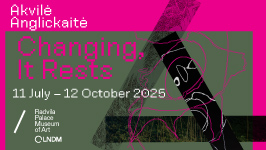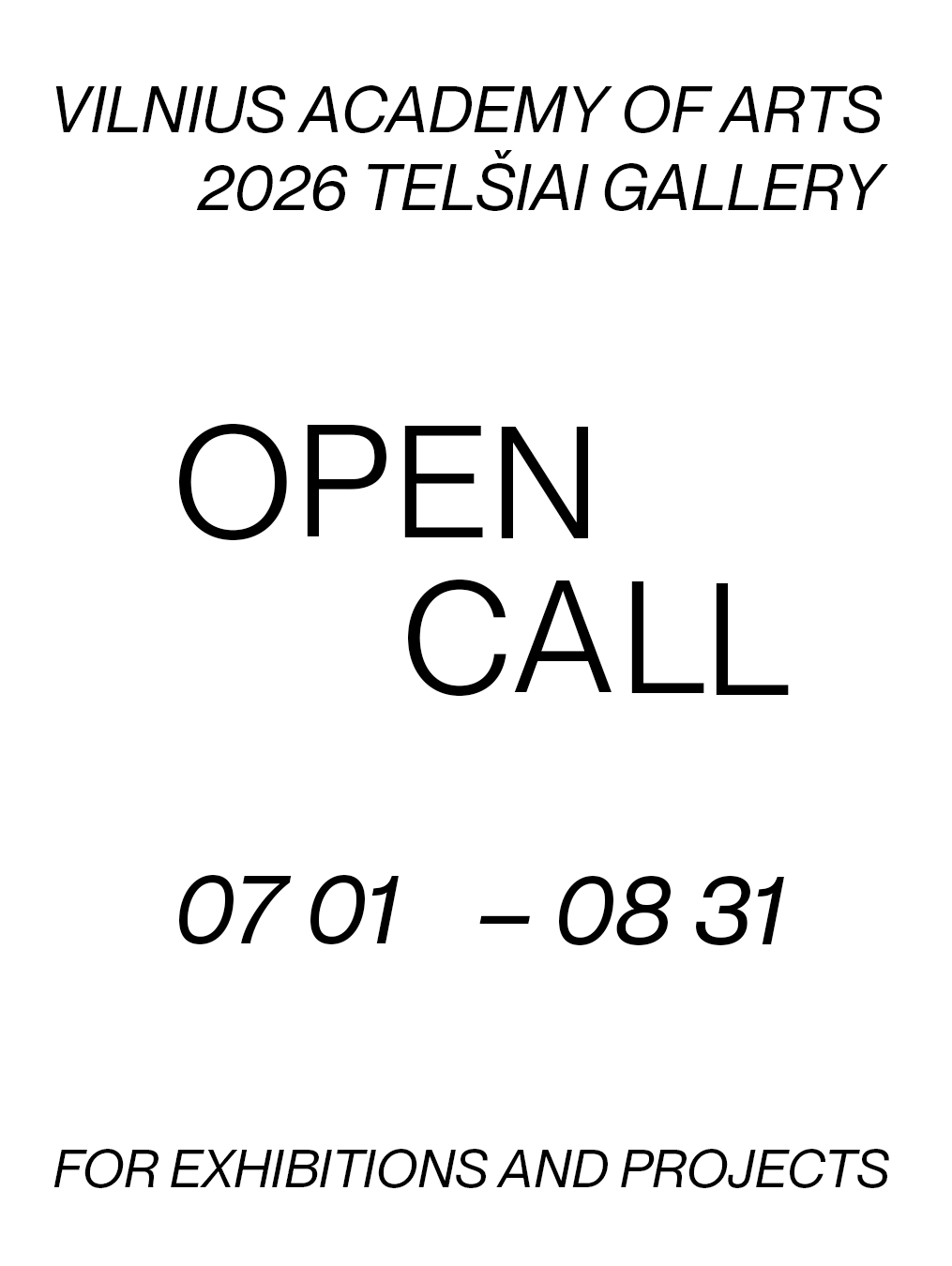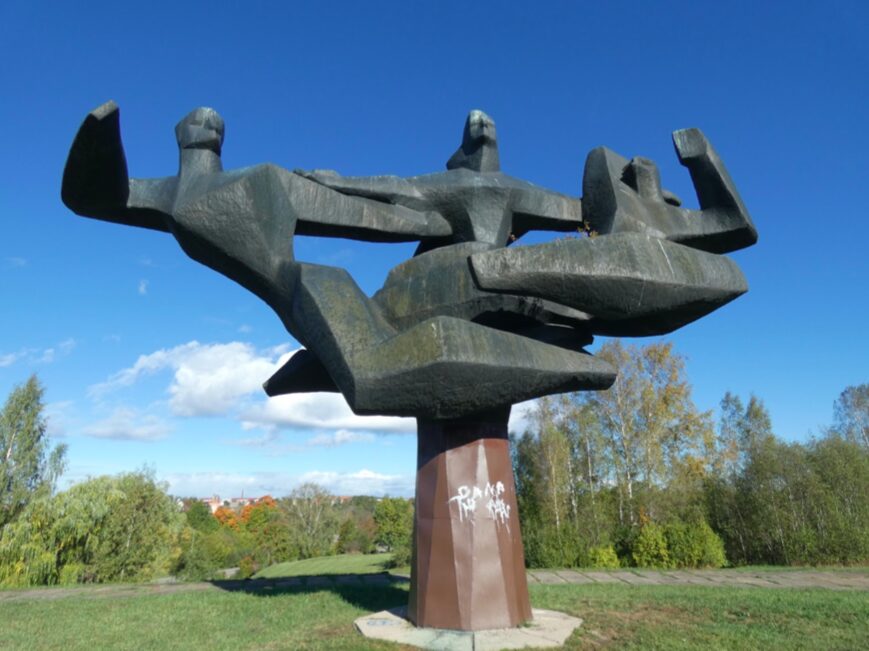Towards the end of an early Zoom call with my friend Amit, I took another look at a picture she had sent me on Whatsapp. It’s an image of the artist with her parents in a car. She’s in the front with her father, while her mother leans forward, holding the edge of the seat in order to be included in the conversation. Amit tells me that they’re discussing the contemporary format of a centuries-old religious holiday, and its potential significance in the setting of a small family. The content is new to me, but the scene is familiar. We might have grown up about ten countries apart, but the portrait immediately throws me into the back seat of our family’s Volkswagen Passat. It’s a place where we’d find the courage to ask something, get stuck in arguments, and run out of things to talk about. While I was walking home from the nearest tram stop a few weeks ago, through wind and rain, I longed once more for that same car to come and pick me up. I felt like a kid: tired and drained. So, so hungry. It seems as if it took me until then to fully emotionally grasp the conditions that small place had accumulated over the past decades. The bottomless availability my family would provide through it. The way the black ribbed fabric would slightly burn my thighs on a hot summer’s day, the nauseating smell of Dad’s cleaning products being spread by the ventilator, and the limited amount of leg space which actually kind of felt like being tucked in.

Angela Maasalu, Happy House, rüki galerii, Viljandi. Photo by rüki galerii

Angela Maasalu, Happy House, rüki galerii, Viljandi. Photo by rüki galerii
These things take time. In the Rüki Gallery, Angela Maasalu spent three weeks reflecting about a sense of place. The situation is slightly different to the one above. Whereas I recollect a former home space from abroad, the Estonian artist revisits the process of painting in her home country. To be honest, it can feel like a deep dive, a crash course, those one-month residencies with a focus on production. But when it’s well set, in the context of returning home, the strict framework might come in handy. It allows you to dwell, but not marinate until the point of no return. To cast a spell, you need a certain rhythm. You follow the rhyme. It doesn’t take years to summon something. The necessary distance she obtained over the past years can furthermore allow the small obsessions to fade and other details to blossom.
The exhibition invites me in with a request to take off my shoes. A few seats are ready for me, as well as a coat rack. The sun is shining, and I’m in a good mood. I don’t mind the effort. (It might also be the Viljandi atmosphere.) The space is a patchwork of carpets. Each of them is the same size, and follows a similar pattern. They are the sort of carpets you can find in every other house in Estonia, and which circulate at large in second-hand shops and outlet stores. In the gallery space, they have differing colour schemes, but the identical ones are often placed consecutively, creating micro-pathways that lead somewhere, and then again nowhere, really. Some carry stains of their past use, but generally they’re in quite good shape. Hence the shoe ritual.
Through the grapevine, I hear that the initial intention of Maasalu is to cover up the bright blue floor that characterizes the gallery space. At first hand, such an act makes me shiver. Why deny the space its personality? With a certain empathy towards (exhibition) spaces, I wonder if one should even consider working together if they aim to hide their partner. But this opinion of mine has been proven wrong in the past. A few years ago, Mihkel Maripuu covered the nostalgic, funky tiled floor in the Draakoni gallery for his solo exhibition ‘Fatamorgana’. The result was a hermetic non-place that sharply highlighted his oeuvre. Not because it became the ultimate white cube, but through its materiality, the gloss, and reflections.

Angela Maasalu, Happy House, rüki galerii, Viljandi. Photo by rüki galerii
Maasalu turns towards another materiality. It is not the first time the artist is using domestic ‘ready-mades’ as a way to dialogue with the exhibition space. Her recent solo exhibition ‘A Fool with a Heart of Glass’ played with the central hall of Tartu Art House by means of translucent curtains. This spatial decision of adding soft material continues at Rüki. Aside from the universal home rituals the carpets call for, they generate a significant dialogue with the other characteristics of the space, the medium, and the theme of the show. The carpet’s ribbed structure connects the soles of my feet with the walls of log houses, which contain similar waves (on a different scale). It feels incredibly intimate to actively sense material under your toes while looking at the many layers of a painting. On the canvas, another process of layering takes place, although with a little more leeway. Furthermore, the act of covering is inherent to making a home. After all, with our abundance of tastes, preferences and quirks, we continuously negotiate with our environment. Covering up is one of the tactics of doing so. I have the small curtains in mind that are hung in front of open shelf systems, or frames that cover imperfections of the walls. It’s a process of compromise really, which makes a Happy House.
People who are not yet at ease taking off their shoes can stick around the edge of the floor which remains blue. They keep their distance. I don’t encounter these hesitant visitors. It is the gallerist that informs me about them. I do find their state of mind between the figures in Maasalu’s paintings. A number of works depict subjects that are strongly engaged with their borders: they seem worried or preoccupied to me, as if the first chance they’d get would be used to escape the frame. A duo deals with boundaries through bending, stretching, and other acrobatics. A gigantic mouth opens up around them. Are they trying to wiggle through a system such as language? Another figure stares its way through architectural obstacles. While two people are reflecting with the help of a mirror, another one simply stares upwards.

Angela Maasalu, Happy House, rüki galerii, Viljandi. Photo by rüki galerii

Angela Maasalu, Happy House, rüki galerii, Viljandi. Photo by rüki galerii
Those same paper works bring me back to Tartu Art House. Maasalu’s paintings were gently attached on the curtain’s surface. I absolutely adored the lightness, the texture, especially with the paper works which remained unframed. It was kind to the figures, gently enlarging their space, rather than pushing them into a designated structure. That hall furthermore thrives on natural light, which contrasts with the spotlights in Viljandi. On the plaster wall in Rüki, they create cloud-like shapes above the work. The characteristic log walls play to the advantage of the works on the other side of the gallery. The light works differently there. I wonder how an unframed paper works would relate to the wood. Maybe there was no need for spotlights, but rather an in-house atmosphere?
Maasalu’s paintings have a strong allegorical tendency. Whereas the carpets are an act of covering up, the artist employs fictionality and fairytale-like imagery in order to reveal things which are tucked away. The Umwelt contains plentiful contrasting experiences which linger. The publication Between the Fiction and Me divides Umwelten into various interrelated worlds. References to the French author George Perec arranging his desk function as an introduction to the Wohnwelt. Our immediate surroundings are dealt with through these arrangement-habits in all kinds of contexts really. From the carpeted gallery space, I walk to Viljandi’s Jaani Kirik, where I spot houseplants carefully placed in alcoves, and even a fish tank. The latter fills the supposedly silent hall with the buzzing of what must be the water filter.
That same Wohnwelt can also mean a natural habitat. Maasalu’s paintings rely strongly on patterns of nature. A cat-like creature finds itself in a cavity of icy walls, reflecting, dripping. They look trapped on a structure shaped by natural processes of moisture. Another figure finds themself in a flesh-like environment, where the richness is concentrated in an object she is sitting on, formed from oyster or pearl-like material, with colours ranging to those of an exotic jellyfish. In the framework of Umwelt, these environments are perceived, interpreted, and reacted to. One creature appears to be hostile, a natural response to feeling trapped, while others undertake the desperate deed of opening themselves up physically.
At times, Maasalu’s environments are shaded and vague, which makes me wonder if it isn’t the inner worlds (Innerwelten) that really interest the painter. Surroundings become a medium to turn inwards. These tactics are inscribed in the history of painting through the Impressionists. Whereas in the two large-scale paintings, the subjects look me straight in the eye, the smaller ones retract from the viewer. They turn away, towards themselves. One can try to mask oneself in order to regain control. Others hide behind the mechanisms of language, or small quotidian rituals. It seems that Maasalu manages to capture that precise moment when all around simply becomes too much. A state of despair, in which decision-making or other rational mechanisms fall short, and the body has an adrenaline response. I don’t witness the consequences at large, but that intimate instantaneous moment, whether it is opening up guts or drifting off. It’s mostly the raw honesty of it all, rooted in between our body and mind. That side of ourselves we only ever allow to be visible when at home.

Angela Maasalu, Happy House, rüki galerii, Viljandi. Photo by rüki galerii
Angela Maasalu
Happy House
8 March to 20 April, 2024
rüki galerii, Viljandi





























